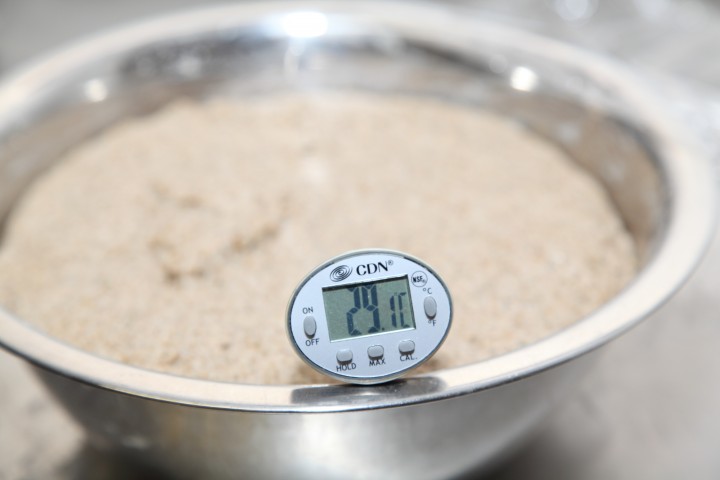
Not ‘sort of’ or ‘just about’… I want to know exactly!
One thing we learned during our baking adventures is to keep an eye on the temperature of the dough. In our micro bakery the temperature fluctuates between 13ºC/55ºF in the winter and 26ºC/79ºF and upwards during summer. Believe me, this temperature difference has a big impact on the end result of your loaf. When you are baking a lot of loaves in batches and want to get consistency in your end product you need to control the temperature of your dough.
Some tough theory
Below is a chart for the L. sanfranciscensis lactobacillus and C. milleri yeast which both are common in sourdoughs. Commercial regular active yeast contains the species S. cervisiae. The type C. milleri is very common in sourdough breads and it does work better at lower temps, but S. cervisiae actually peaks it’s activity at about 35°C (95°F).
A few degrees difference in dough temperature can change the duration of the bulk fermentation or the final proofing a lot. When baking bread with regular active dried yeast, the optimum (for speed alone) temperature is just over 27ºC/80ºF.
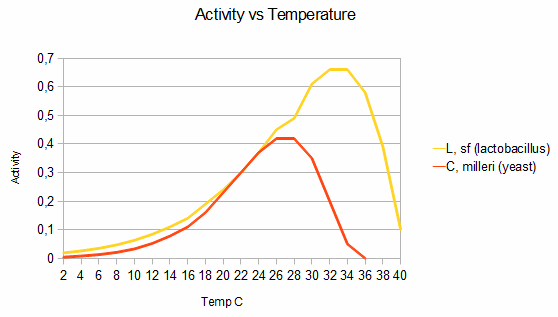
Much warmer and the activity of the yeast declines. Above 35C/95F the yeast is effectively dormant or dead. The bacterial activity peaks at 34C/93F, so some bakers choose to ferment at 32C/90F to get a more sour bread. At 21C/70F the activity of the yeast has roughly halved, so the fermentation will take twice as long.
The right temperature is the single most critical variable. The growth rate of for example the L. sanfranciscensis lactobacillus and C. milleri yeast is ln2 / generation-time, i.e. a growth rate of 0,7 is a generation (doubling time) of about 1 hour.
If the generation time within your dough at 20ºC/68ºF is 1/2 of that at 30ºC/86ºF, the organism will also grow 1/2 as fast at 20ºC/68ºF compared to 30ºC/86ºF. So, it’s not the absolute numbers that matter, but the ratio of growth rate to growth rate at optimum temperature.
Practical tips for consistency
To get consistent bulk fermentation and proofing times, we aim for a dough temperature around 24ºC/75ºF. This is a temperature which gives you a nice balance between speed and taste. You can reach and keep the temperature of your dough with the following techniques;
- Invest in a good digital thermometer; We use a CDN DTQ450X ProAccurate Quick-Read Thermometer and a Thermapen which are both excellent, stable and fast.
- Use warm water in the winter or cold water in the summer to get the dough to the right temperature.
- The temperature of the water depends of the temperature of your room and the temperature of the other ingredients. For example our Pain Rustique uses a 50% preferment to final dough ratio and thereby uses 72% of the water in the the poolish. In winter we sometimes need very hot water (up to 55C) to get the poolish and the new flour up to 24ºC. However when using a lower preferment to final dough ratio, water of about 30C is often enough to get to 24ºC.
- Try to keep the dough at a stable temperature. We sometimes put a bowl of dough on top of the Rofco oven covered with a tea towel and on top of a folded towel. Also a preheated and switched off oven to about 30ºC (use a thermometer to measure the inside temperature as your dial on the oven will probably not be very helpful) will work great.
- Some people build their own proofing cabinet, using an old refrigerator or kitchen cabinet. With the help of an old 40 Watt or 100 Watt light bulb (depending on the size of the cabinet) on the bottom of the cabinet (warm air rises from bottom to top!) you can easily heat the inside of your cabinet. You can use a simple mechanical thermostat to switch the bulb on and off to control the temperature.
- When you do not have the means to control the environment temperature of your dough, in summer you can make your dough a few degrees colder and in winter a bit warmer to compensate for the rise or decline in temperature.
- Water and flour have a different thermal capacity. In bread baking this translates to the influence of water on dough temperature being twice that of flour. The dough calculator you’ll find in most of our bread recipes takes this into account.
Want to learn more on calculating the right water temperature?
Check out this posting on the Wild Yeast blog




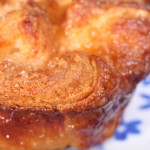
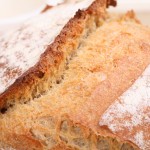
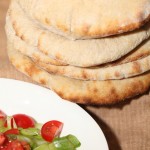
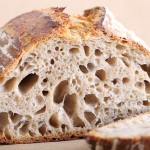
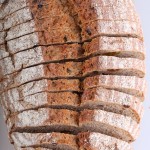
Ike says
Dig a hole in ground 3 feet.
Put sds in hole.
Cover top of hole vy well.
Earth’s temp is around 57 deg f.
Weekend Bakers says
It reads like a Japanese Haiku 🙂
Ann Kale says
For fast proofing, heat a container of water in the microwave, then put the bowl of dough in the microwave. For whole wheat, I did not have to grease the surface as the moist air prevented formation of a dry crust while rising. I am experimenting with whole wheat in the frig overnight. I cannot find anything about how long / temp to let it sit out before punching down and shaping for final rise.
Kim says
I live in Australia and we have hot summers so I am interested in an answer to O’Sid’s question also.
Cheers
MARINE says
Hello. I just want to understand must the dough temperature be the same as the environment is if I don’t use proofer?
O'Sid says
Hi! I live in Asia and generally, the room temperature is 95F (there are days 100F+. Can I still attain the 75-80F DDT? Any tips? Or am I looking at a totally different approach?
cheers!
Kaltham Kenaid says
I’m a baker and live in a hot country. Yes, you need to find a cooler area to keep the starter and the dough. you can measure different corners in your kitchen and decide where to keep it.